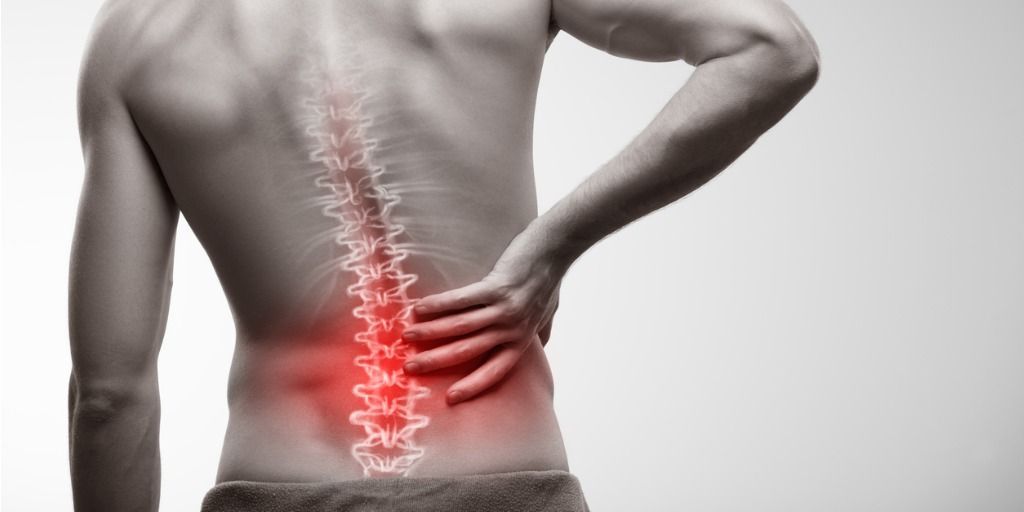Success Story - Merchant Seaman
I was only in my first 3 months with Absolute Balance when this patient came into my world. He was also my first experience with rehabilitating a right ankle subtalar fusion. This workers compensation patient had a history of arthritis, which due to the nature of his job, had become significantly degenerative. As a merchant seaman (specializing in integrated rating), he spends months on end out at sea on large vessels delivering commercial goods.
The 54-year-old patient had been managing rheumatoid arthritis through conservative medical therapy, however after 18 months, the he was recommended to have surgery for the degenerative ankle, a surgery that would most likely inhibit him to ever run or jump again. The surgery would most definitely mean he would not be able to return to sea again.
So, imagine being told that you will never be able to do the thing you love and enjoy the most ever again? How would you take that? What would you do about it? Luckily, this patient had a never say never attitude and he had an Exercise Physiologist that had the same idea. So, in July 2021, eight weeks after having subtalar fusion, we commenced his rehabilitation journey.
Due to the type of surgery, the patient presented with limited to no range of movement and he indicated that he may not get any significant range of movement back. But what we could do is educate the patient on working around this barrier. After twelve weeks of being in a Cam Walker, we began rebuilding basic single leg strength and balance. As we progressed through the rehabilitation, achieving minor milestones each phase, the patient’s confidence began to grow along with the hope of returning to his pre-injury job.
The great part of this job is the opportunity to be creative and think laterally when it comes to how we can educate and rehabilitate patients through movements that they have never completed before or show the direct correlation from a pre-injury task to a replicated movement in the gym. Interestingly, two of the patients’ favourite exercises that he noticed the greatest correlation to his pre-injury task, was in fact a reverse sled drag and sled push. The patient and I saw benefit that by having a resisted load to drag, it yielded significant quadricep recruitment, combined with assisting in gait mechanics.
Each week he could lift and carry a little heavier, he could ambulate up and down steps that little quicker, he could kneel and crouch that little more repetitively and he could push and pull that little bit easier. The last hurdle was making the six-month review to make sure the bone graph had fully taken and completing a pre-employment medical.
We knew, the minute that tick of approval had come through it was go time for that medical assessment. So, we prepped for three weeks to complete that medical. We were confident the pre-injury role could be completed, we had visual media to show everyone that he could do it. Sure enough, after a 5 months journey of consistent and patient rehabilitation, I got the best phone call from the patient. “I passed, I’m going back to sea, thank you!”. My response “this was all your hard work; I just gave you some guidance to get there.” This outcome was a result of education, empowerment and engagement.
The patient let me know a few weeks later that he was getting redeployed back out to sea, on the ‘big boy’ he called it and that this was his final goal. We had got him back to where he wanted to be, back on the sea where he was most happy. That’s why we do what we do.
Afiq Jackson
Workers Compensation Specialist ‑ Team Leader North West (AEP, ESSAM)
Exercise Rehabilitation Services ‑ WA




